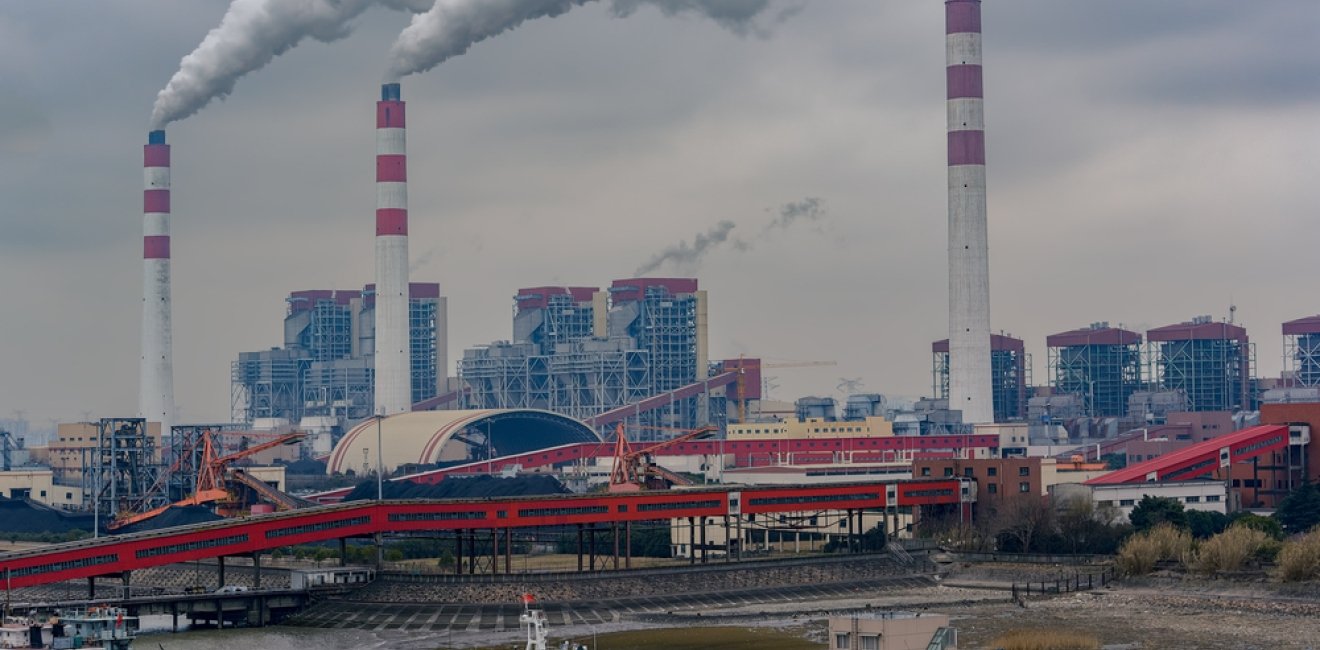
A blog of the Wilson Center

China is Currently Building Over Half of The World’s New Coal-based Power Plants.
In 2021, China began building 33 gigawatts of coal-based power generation, according to the Helsinki-based Center for Research on Energy and Clean Air (CREA). That is the most new coal-fired power capacity China has undertaken since 2016 and, says CREA, three times more than the rest of the world combined.
In fairness, China also leads the world in terms of installed wind and solar power, and investments in energy storage batteries, electric vehicles, and ultra-high transmission lines—all key elements for a clean energy transition. China has also pledged to peak related air emissions by 2030, and the Xi government has said it will drastically cut coal use in 2026 to meet that goal.
However, in the meantime, China still consumes nearly five times as much coal as India, and nearly six times as much as the United States (the second and third largest coal consumers, respectively), and is building a huge number of new plants. According to Enerdata’s 2021 Yearbook, while global coal consumption dropped more than 4% globally, and 19% in the EU, coal consumption went up in China. In other words, China may be planning to cut coal use in several years’ time, but how high will the base level be before the reductions begin?
China is hardly alone in turning to coal to meet growing energy needs. India gets roughly 70% of its electricity from coal, and the Modi government recently ordered the reopening of more than 100 closed mines to meet rapidly growing demand made even greater by the country’s crushing heat wave.
The drive to a clean energy economy is tough in the best of times. The war in Ukraine is changing the calculus around coal in Europe as countries search for ways to compensate for the likely loss of Russian oil and gas.
When Xi Jinping surprised the world with his 2020 pledge for carbon neutrality by 2060, China’s economy was stronger than it is today and the top-down crackdowns on existing coal plants were real. Fast forward to today and the drive to restart its economy after COVID-19 lockdowns has pushed Chinese policymakers to prioritize energy security and economic growth over carbon reductions. The foundation for China’s clean energy transition still exists, but these new coal plants mark a sobering lock-in of high-carbon energy.
Author

Explore More in Stubborn Things
Browse Stubborn Things
Spying on Poachers

China and the Chocolate Factory

India: Economic Growth, Environmental Realities
